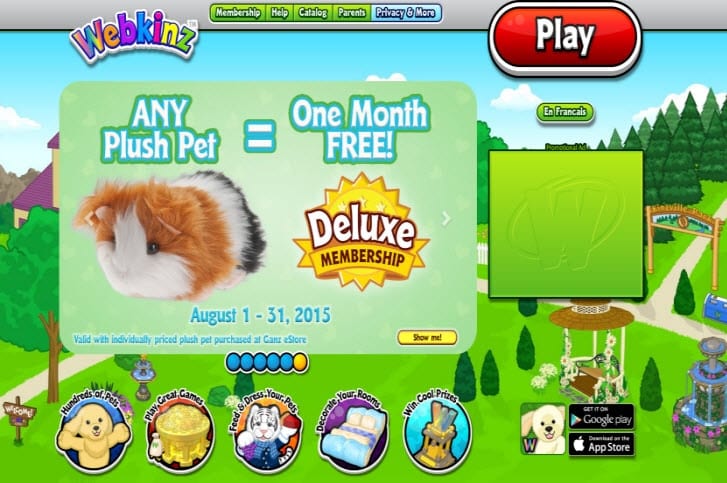Most adults feel reasonably comfortable when allowing their children to go to a kids website or use an app. However, a recent discovery suggests they shouldn’t. In May, organizations representing 21 countries conducted a privacy sweep to see what kind of information was being obtained. This sweep was initiated by the Global Privacy Enforcement Network, a group created to strengthen personal privacy protections around the world.

Each participating country was given a percentage of the 1500 websites and apps to be analyzed. Assuming there were no anomalies in the data, it was discovered that nearly 2/3rds of the websites suggested they may disclose personal information to 3rd parties. It was also determined that the same ratio included links to ads or contests that, if clicked, may have had privacy differences.
In addition, some other questions being analyzed involved the amount of data collected. Was this data kept to a minimum using only information needed to create the account? And are kids being prompted to get their parents’ permission by using animated characters or simple enough language?
In March, the popular children’s site Webkinz.com got audited by the Office of the Privacy Commissioner in Canada (OPC). Webkinz is an interactive website for kids run by the Ganz Toy Company. Once you buy a Webkinz stuffed animal, you enter in a corresponding code on the website and a digitized image of your stuffed toy appears on the screen. The toy can be named, dressed, fed, and other things within this virtual world created by Ganz. It was found the Canadian company did not make it clear enough that kids had to have their parents permission before they registered. Ganz responded by implementing all of the recommendations of the OPC.
Some of the other reports found information collected on children (usually considered under 12-13 depending on the country) included photos, gender, home town, and ages. None of those things are supposed to be collected for children of those ages. Of course, the good thing about doing sweeps like this is awareness, both on the side of the users and the companies.
From a company standpoint, some of the companies may not be aware their software was collecting too much data, or the terms and conditions were not easy enough to understand by the target audience. Hopefully, it will also make parents more aware of the information being provided to these websites. The bottom line is, no matter how safe or kid-friendly a site may appear, vigilance is the best weapon to keep children safe.
